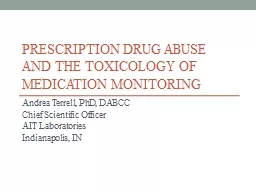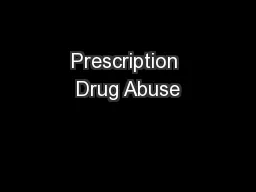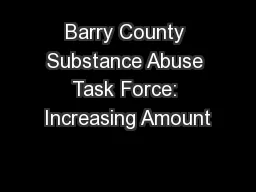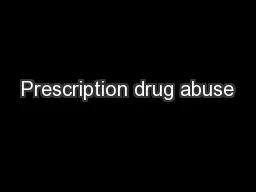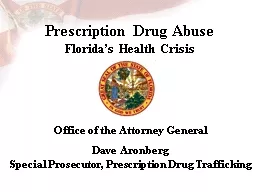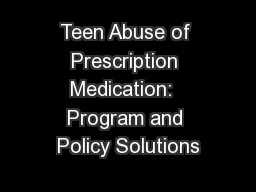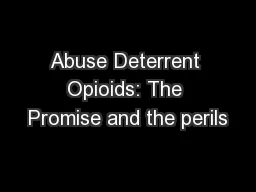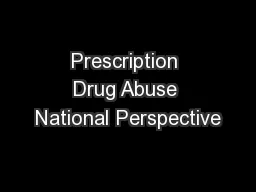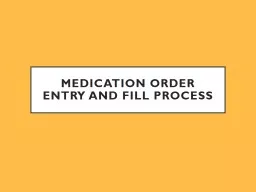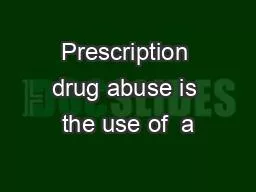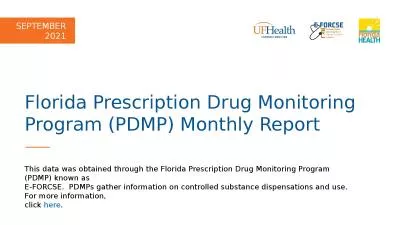PPT-Prescription Drug Abuse And The Toxicology Of Medication Monitoring
Author : tatyana-admore | Published Date : 2018-09-19
Andrea Terrell PhD DABCC Chief Scientific Officer AIT Laboratories Indianapolis IN Prescription Drug Abuse gt125 million ED visits in 2011 25 million 20 drug
Presentation Embed Code
Download Presentation
Download Presentation The PPT/PDF document "Prescription Drug Abuse And The Toxicolo..." is the property of its rightful owner. Permission is granted to download and print the materials on this website for personal, non-commercial use only, and to display it on your personal computer provided you do not modify the materials and that you retain all copyright notices contained in the materials. By downloading content from our website, you accept the terms of this agreement.
Prescription Drug Abuse And The Toxicology Of Medication Monitoring: Transcript
Download Rules Of Document
"Prescription Drug Abuse And The Toxicology Of Medication Monitoring"The content belongs to its owner. You may download and print it for personal use, without modification, and keep all copyright notices. By downloading, you agree to these terms.
Related Documents

